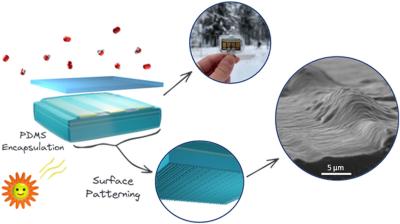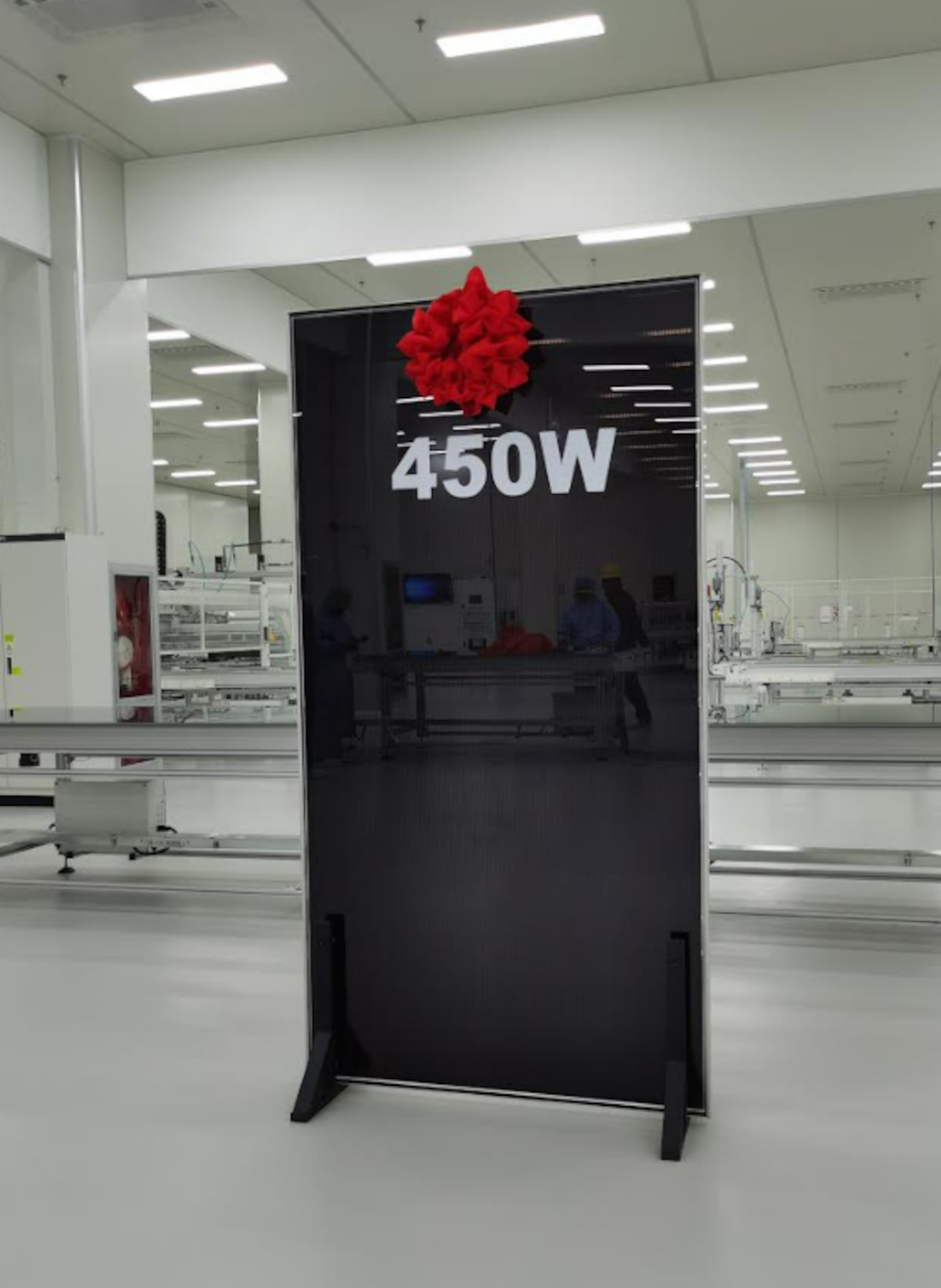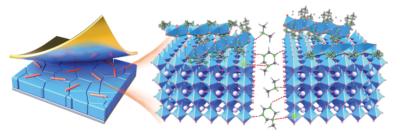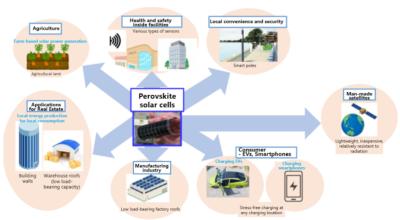Novel one-step encapsulation approach addresses both optical losses and extrinsic stability issues simultaneously
Researchers at Finland's Aalto University and Tampere University have developed an encapsulation method for perovskite solar cells (PSCs) to address both optical performance losses at the air-cell interface and intrinsic and extrinsic stability challenges. The team's one-step method provides PSCs with shielding from oxygen and moisture-induced degradation as well as in situ patterning for light management.
In the new method, the entire surface and sides of the solar cells were coated with polydimethylsiloxane (PDMS), and the front-facing surface of the PSC was in situ–patterned using a soft lithography technique. A replica of leek leaf surface structures was created on the PDMS to reduce reflection and increase haze. The scientists explained that leek leaf replicas, previously used as add-on layers for PSC devices, have shown promise due to their optical and self-cleaning properties.









